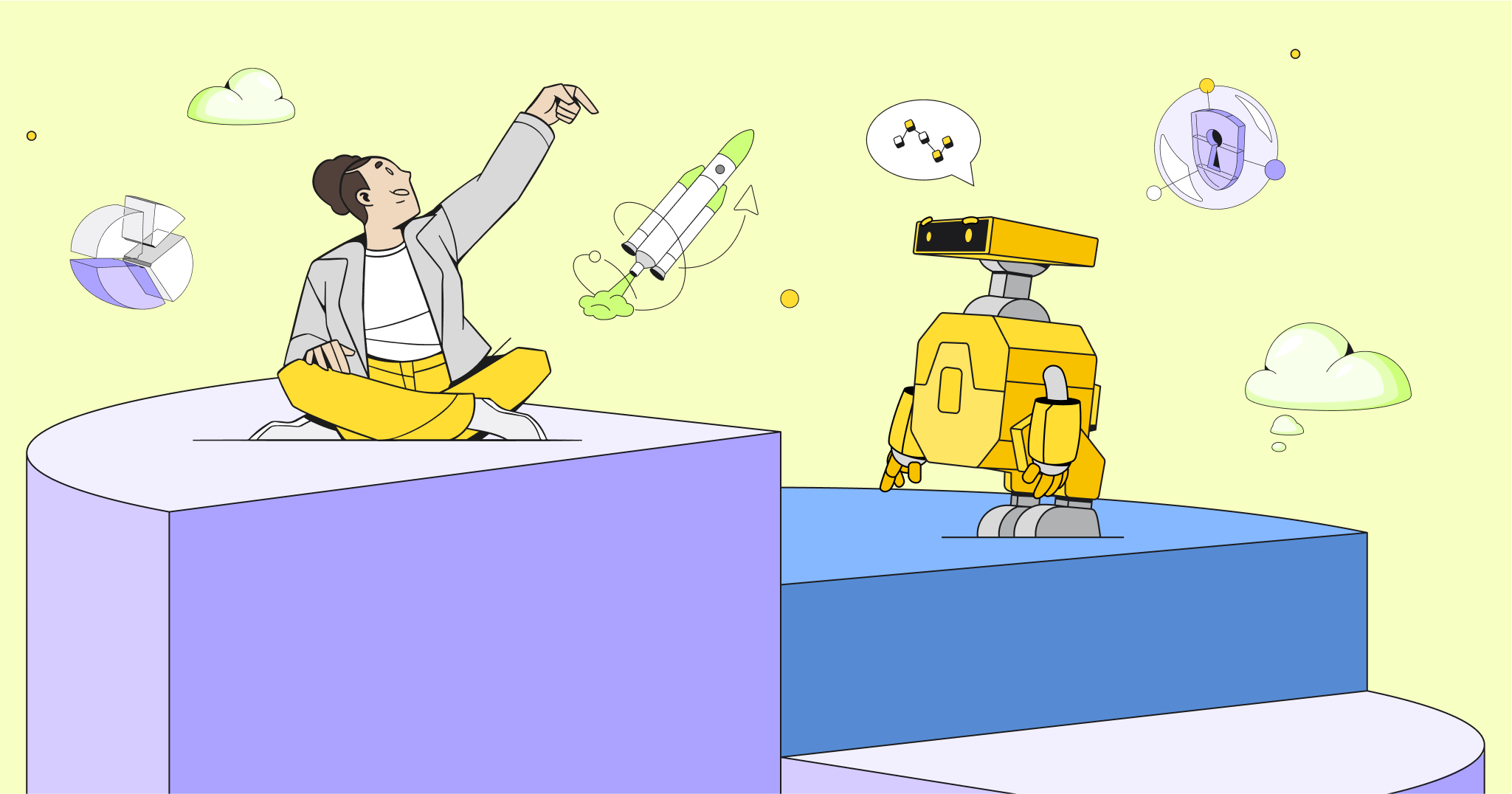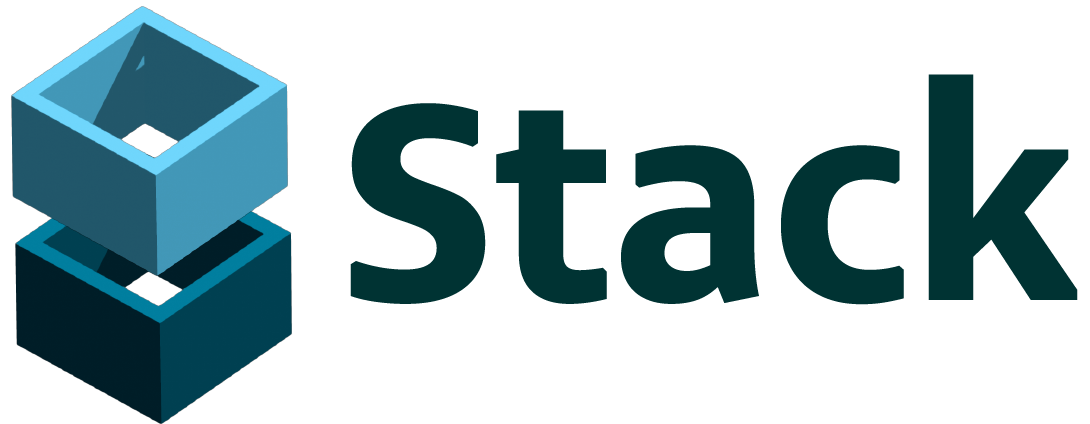Our view at Stack - our team love using Miro as an online workspace for innovation, enabling distributed teams to dream, design, and build together. With a full set of collaboration capabilities, it simplifies cross-functional teamwork, meetings, and workshops. Create concepts, map user stories, and conduct roadmap planning in real-time.

The rise of AI in the workplace presents both an opportunity and a challenge. While AI has the potential to drive efficiency and unlock new capabilities, integrating it requires more than just technical know-how — it demands cultural and operational shifts. For Culture Amp, an employee experience platform that specializes in helping organizations build high-performing teams, this transformation is about more than technology; it’s about people.
At Culture Amp, AI has the power to alter how companies deliver value. From determining where AI is most useful to navigating data complexities and upskilling employees, the company’s approach reflects a deep commitment to thoughtful, human-centered AI adoption.
In a recent webinar, Rhiannon Gaskell, Culture Amp’s Director of Delivery Systems & Capability, shared how her team is using Miro to enable faster decision-making, facilitate AI experimentation, and scale AI expertise across the organization.
In this interview, Rhiannon takes us behind the scenes of the company’s AI transformation, covering strategies, challenges, and lessons learned from their journey, with valuable insights for any organization looking to embrace the power of AI.
Rhiannon thanks for your time! And what a great webinar. We just had to get more time with you! What are the biggest challenges around balancing alignment and autonomy when it comes to adopting AI?
The biggest challenge was changing the culture. Teams had been able to operate autonomously forever, so they rightly wanted to understand the “why.” We spent a lot of time explaining what challenges we thought we were going to see — delivery challenges as we acquired more customers. We also had teams who were already experiencing some of that dependency complexity talk about the pain they were feeling to help build broader empathy for why we needed to standardize where it made sense and bring more structure to our planning. Starting with the “why” to build empathy really helped us make that culture shift.
You mentioned that shifting Culture Amp’s culture around AI adoption was a challenge. One way you tackled that was with HackAIathon — giving employees a hands-on way to experiment with AI in their workflows. What were the biggest takeaways from that event?
The biggest takeaway was just how smart our people are. When you give them the space, safety, and opportunity to experiment, great things happen.
Now the question is, how do we bring this into our day-to-day? We do have committed roadmaps we need to deliver, so we can’t disrupt everything, but we do want to create pathways for innovation to thrive. That’s why we’re looking at a process where we can spin up small, focused teams to move fast on new ideas. There’s a lot of appetite for that model after seeing the creativity and energy at the final HackAIathon showcase.
And this was over 350 employees, right? That’s a huge undertaking! How did you approach upskilling such a large group to make sure everyone was set up for success?
HackAIathon was a really fast way for us to upskill everyone together. One thing that worked really well was the enablement tracks we created leading into the event, so that everyone came in with a baseline understanding of AI prompting. If they were technical, there was a technical track they could take as well.
If you think about the three Es of development — education, experience, and exposure — HackAIathon gave us something we wouldn’t have gotten in our normal day-to-day: real experience and exposure to working with AI. The feedback we got was overwhelmingly positive. People knew about AI, and some had experimented with it a bit, but they left the event with a much deeper understanding and far more confidence in how to apply it to their work. That was really powerful.
That’s great to hear! It sounds like HackAIathon helped build confidence, but of course, not every problem needs an AI-driven solution. How do you decide when AI is actually the right tool for the job?
If we can solve the problem without AI, then that’s probably where we start. AI has to add value. Our leaders help guide teams through the discovery process, and we have a framework that all teams are asked to use very early on in the discovery workflow. It’s really about risk — considering data, legal, security, and ethical AI as part of the assessment.
In the webinar, you mentioned having to use synthetic data for the HackAIathon, even though synthetic data isn’t always representative of real customer data. What’s Culture Amp’s answer to this problem longer term?
For the ideas we’re taking forward from the HackAIathon, the next step is using real data to validate them. We do that using our own data — we are a customer of our own product, with a thousand employees. Since we’re not allowed to use customer data, we start by validating with our own data first. Once we feel confident, we put it into the platform behind a beta flag so customers can choose to turn the feature on or off, allowing us to go broader and learn more.
You talked about using your own internal data to validate AI ideas before rolling them out. That deep contextual understanding must be a key advantage. How do you make sure Culture Amp’s AI remains competitive against general-purpose models like ChatGPT, Gemini, and Claude? What do you say to prospects who assume those tools can deliver similar insights?
Look, ChatGPT, Gemini, and Claude are great models — we use them too. But what we tell our customers is that we have much richer contextual insights that allow us to provide better solutions than they ever could.
We understand a company through employee surveys, performance feedback, one-on-one conversations, and recognition data. We’ve built a profile of an organization’s unique challenges. Plus, we have our own wealth of people science research and insights — we know what actions lead to effective behavioral change. Combining those two things allows us to provide real, actionable insights that drive change.
It sounds like your ability to leverage contextual insights is a big differentiator. So as you scale AI capabilities, how do you balance maintaining existing systems while continuing to innovate and roll out new features?
This is really the change in our operating model this year. Last year, we had a small pilot team that was responsible for both building new AI features and maintaining the AI features we had already built. That was a lot for a small team.
The shift we’re making this year is to establish a dedicated AI capability team — one out of about 35 teams — that will focus on ongoing model evaluation and managing the data pipelines that enable the rest of our product teams.
At the same time, we’re moving to a decentralized AI model. Now, teams that are working on customer-facing parts of the product are empowered to solve problems in their own domains using AI. And hopefully, after HackAIathon and our enablement efforts, they now have the skills to do that where it makes sense.
You’ve mentioned that AI itself isn’t a differentiator anymore — it’s how you apply it that really matters. How do you communicate that value effectively to customers?
We actually just hired someone specifically focused on this. Before, we had a team of product marketers, but now we have a dedicated role within this team focusing on AI positioning.
The key for us is leading with our people science expertise. The AI itself isn’t what makes us different — it’s how we apply it in ways that create real impact for organizations. We understand companies deeply through the data we collect — things like survey results, performance feedback, and recognition. That means we can use AI to provide insights tailored to the unique challenges of each organization.
So our messaging is shifting to focus on how AI enhances the value of what we already do best: helping companies build high-performing teams.
With so many moving pieces — scaling AI, empowering teams, and refining messaging — collaboration must be key. How has Miro helped Culture Amp drive innovation and keep everyone aligned?
I love all the new features in Miro, but for us, the real value it provides — and has always provided — is enabling faster decision-making. With offices around the world in different time zones, staying aligned asynchronously is really important for us at Culture Amp. Otherwise, decision-making would be super slow.
For example, when we came out of HackAIathon, people got on planes and flew back to their offices, and did their reflection and retros independently. Then we were able to bring all of that together in Miro, synthesize it quickly, and share talk tracks to make sure people understood our plans and direction. Leadership provides guidance, and we can iterate and make decisions quickly. That’s the key value prop for us.
That makes a lot of sense. AI on its own isn’t the differentiator, but how you apply it to drive real impact is. It’s clear from everything you’ve shared today that Culture Amp’s approach to AI is deeply rooted in enabling people, not just deploying technology. From HackAIathon to decentralized AI teams, you’re striking a balance between innovation and structure in a way that keeps both speed and strategy in focus.
Rhiannon, thanks so much for taking the time to walk us through your team’s journey. It’s been great hearing how you’re scaling AI in a way that aligns with Culture Amp’s mission!
If Miro is of interest and you'd like more information, please do make contact or take a look in more detail here.
Credit: Original article published here.
